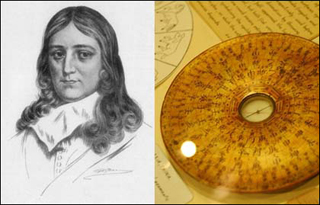Course Description
This class does intensive close study and analysis of historically significant media “texts” that have been considered landmarks or have sustained extensive critical and scholarly discussion. Such texts may include oral epic, story cycles, plays, novels, films, opera, television drama and digital works. The …
This class does intensive close study and analysis of historically significant media “texts” that have been considered landmarks or have sustained extensive critical and scholarly discussion. Such texts may include oral epic, story cycles, plays, novels, films, opera, television drama and digital works. The course emphasizes close reading from a variety of contextual and aesthetic perspectives. The syllabus varies each year, and may be organized around works that have launched new modes and genres, works that reflect upon their own media practices, or on stories that migrate from one medium to another. At least one of the assigned texts is collaboratively taught, and visiting lectures and discussions are a regular feature of the subject.
Course Info
Instructor
Departments
Learning Resource Types
assignment_turned_in
Written Assignments with Examples

Left: John Milton, author of Paradise Lost; right: a Chinese artefact at the Pitt Rivers Museum in Oxford. Milton’s writing and the artefacts of the Pitt Rivers Museum are both textual inspirations featured in His Dark Materials, a three volume series by Philip Pullman that is studied in CMS.796. The circular Chinese artefact above closely resembles Pullman’s alethiometer. (Left image taken from Wikipedia. Right image courtesy of Kat Selvocki.)










